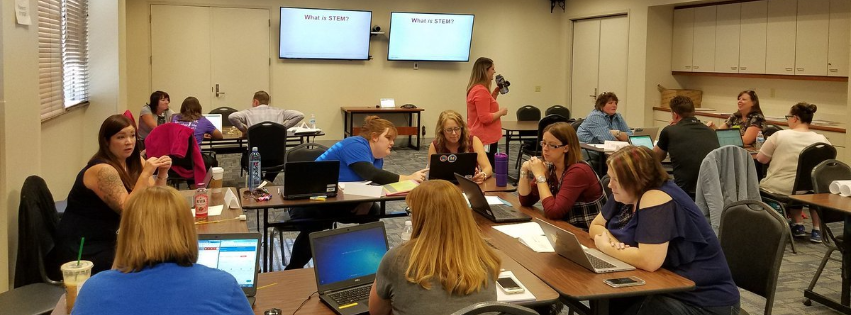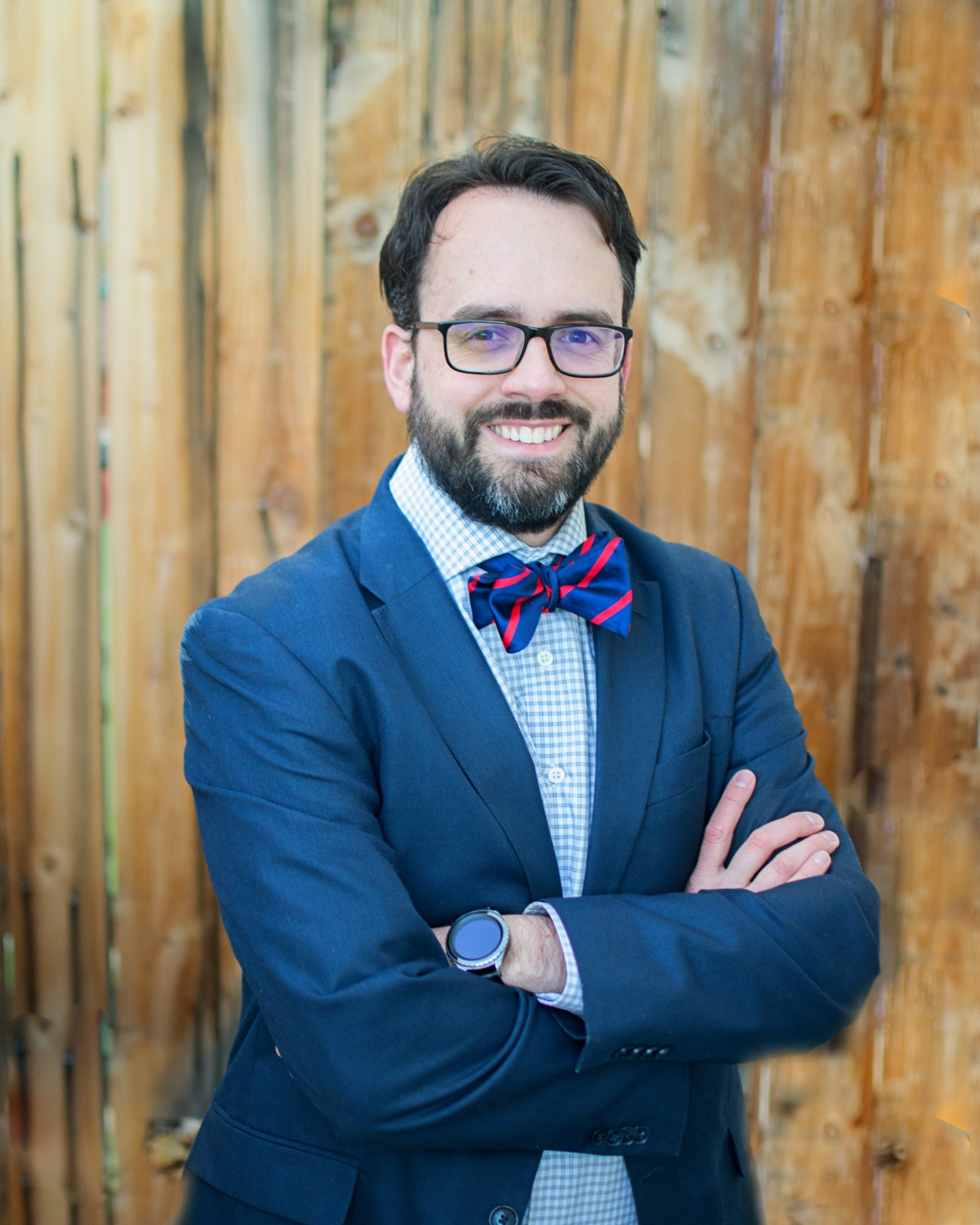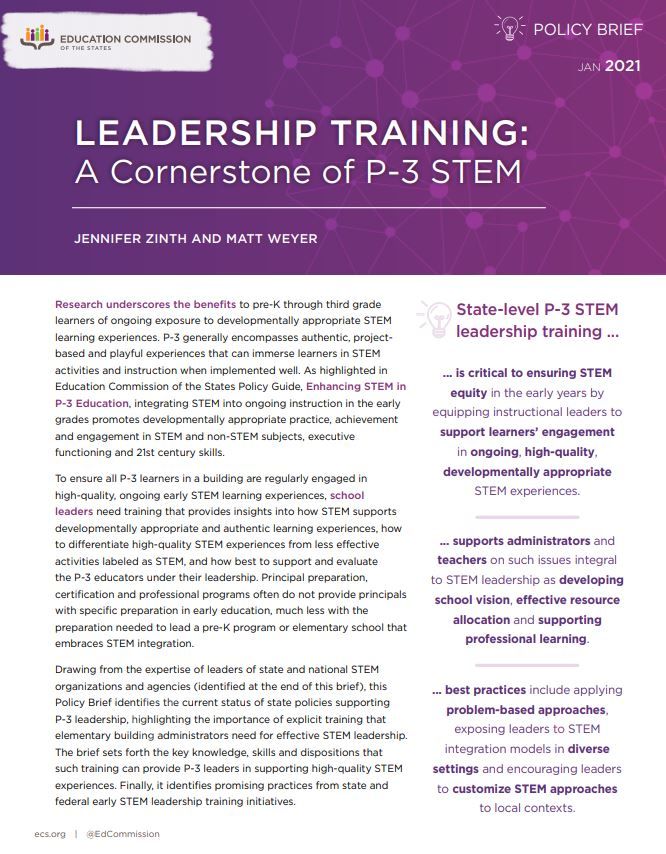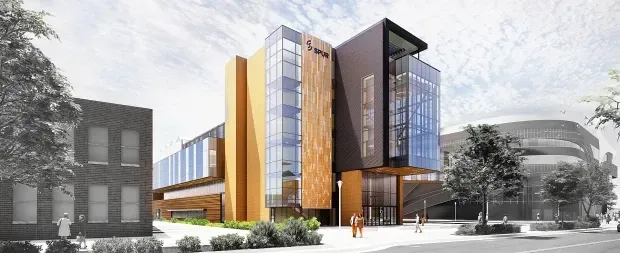What is a high-quality STEM education? What are the best lesson plans, the best teaching tools, the best philosophy? All good questions without easy answers – especially if you’re an educator or administrator who is new to STEM-based learning and wants to introduce it in a classroom or an entire school. How and where do you start? A mentor would be helpful. That’s where a program such as the STEM Leaders Academy in Nevada comes in. The academy, sponsored by the Nevada Governor’s Office of Science, Innovation and Technology (OSIT) in Carson City, aims to help the state’s school leaders establish high-quality STEM education in their buildings and, ultimately, achieve the Governor’s STEM School Designation. To find out more about the academy, we asked Brian Mitchell, OSIT director, to fill us in:
Fostering STEM schools by building STEM leaders in Nevada
Q: Tell us about the work of the Nevada Governor’s Office of Science, Innovation and Technology and your role there.
A: OSIT is the statewide STEM office responsible for growing high-quality STEM education throughout Nevada. We work in K-12 and postsecondary education, formal and informal education and workforce development. I serve as the office’s director.
Q: Now tell us about the state's STEM Leaders Academy: Why was it created, what are its goals and how does it work to accomplish those goals?
A: We created the Governor’s STEM School Designation to define high-quality STEM, recognize schools that met the criteria for the designation and help families interested in a high-quality STEM education know where they could find one. There are three tiers within the designation: Developing, Established and Model.
After a few years of designating schools, I realized we needed a way to help schools that were interested in STEM but did not meet the criteria for designation to be able to achieve it. Likewise, we also wanted a way to help our Developing and Established schools elevate to the Model school status. Thus, we created the STEM Leaders Academy.
The goal of the academy is to help schools develop a site-specific strategic plan and roadmap for improving STEM education and achieving the Governor’s STEM School Designation.
Q: How does the academy work?
A: The academy is open to any K-12 school in Nevada. The academy takes places over five to six workshops during the course of the school year with site visits and individualized support built in between. We require the school to designate a team to attend the academy consisting of the principal and four to seven other teachers from varying grade levels and subject areas.
During the workshops, we help schools understand what high-quality STEM is in relation to the following three levels outlined in the Nevada STEM Framework: the classroom, the school and the community.
The framework was developed based on a synthesis of academic research and the great work done by other states. The topics included in the framework are ones that we have identified as being important aspects of high-quality STEM schools.
The following topics, among others, are investigated during the academy:
- 3D Learning
- Career Connections
- Engineering Design Process
- Equity
- Inquiry
- Integration
- Leadership
- Logic Models
- Nevada STEM Framework
- Phenomena
- Real-World Problem Solving
- Science and Engineering Practices
- Stakeholder Engagement
- Teamwork and Collaboration
- What is STEM?
As schools come to understand what high-quality STEM is, we also help them self-evaluate to understand where they are and then chart a course to get to where they want to be. We also connect schools to high-quality STEM resources they’ll need along the way.
The academy concludes with schools completing their long-term strategic plan. We provide schools with a small grant at the end of the program to begin to implement their strategic plans.
Q: What do you look for when choosing presenters to lead the academy’s sessions?
A: We invite presenters with specific expertise in the topics above. We also have presenters from Model STEM schools talk about their journeys to where they are and offer advice for schools just starting out. We also have employer and postsecondary presenters discuss topics such as career-connected learning, community engagement and real-world problem solving.
Q: Why is it important to build a community among academy participants? How does this community help them implement STEM education in their buildings?
A: It is very important to build a community among academy participants. Each team brings expertise and experiences that are valuable for the group. We also seek to build a community among the broader group of STEM schools. Many of our participating schools continue to seek each other out for advice and to visit each other’s schools after the academy has concluded.
Q: Does your program include site visits to successful STEM schools – either in-person or virtually – and why?
A: Yes, site visits prior to the pandemic and virtual visits this year are a key part of the academy. Sometimes it is easier to understand STEM if it is observed rather than having someone tell you about it.
There is no one right way to build a STEM school, and we include visits and presentations from a variety of STEM schools so that our academy schools can take the aspects of each that are most relevant and helpful to them at their unique school.
Q: What kind of follow-up does the program have after educators have completed it?
A: OSIT staff members continue to follow up with schools following the academy with site visits and technical assistance. We know the journey to becoming a STEM school is not completed overnight, and we want to ensure we are there to help schools all along the way.
Q: How has this program evolved – what have you added or discarded and why?
A: Each year, we tweak the academy workshops based on our own internal evaluations and feedback from schools. Since our first year, we have adjusted the strategic planning process to put even more emphasis on the long-term vision and whole-staff buy-in.
We have also built in more personalized coaching opportunities for each school team, to both build a better relationship with each school and to ensure successful strategic planning.
Q: How has the pandemic affected the academy?
A: This year, the academy is all virtual as opposed to being in-person. However, the pandemic has allowed us to have a regionally diverse academy this year. Nevada is a large state, so, in the past, we have had schools gather for the workshops within their region. This year, instead of regionally based groups, we have groups that are cross-regional, which has been good for the urban/rural idea sharing.
Q: What changes, if any, do you anticipate making in the STEM Leaders Academy going forward, and why?
A: As our network of high-quality STEM schools grows, our vision is to match schools participating in the academy with already-designated mentor schools. Mentor schools can offer support and insight from their experience developing and launching a strategic plan. After this year’s virtual academy, we are also finding new ways to engage and support rural schools interested in STEM.






